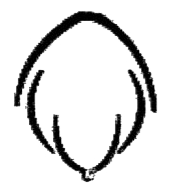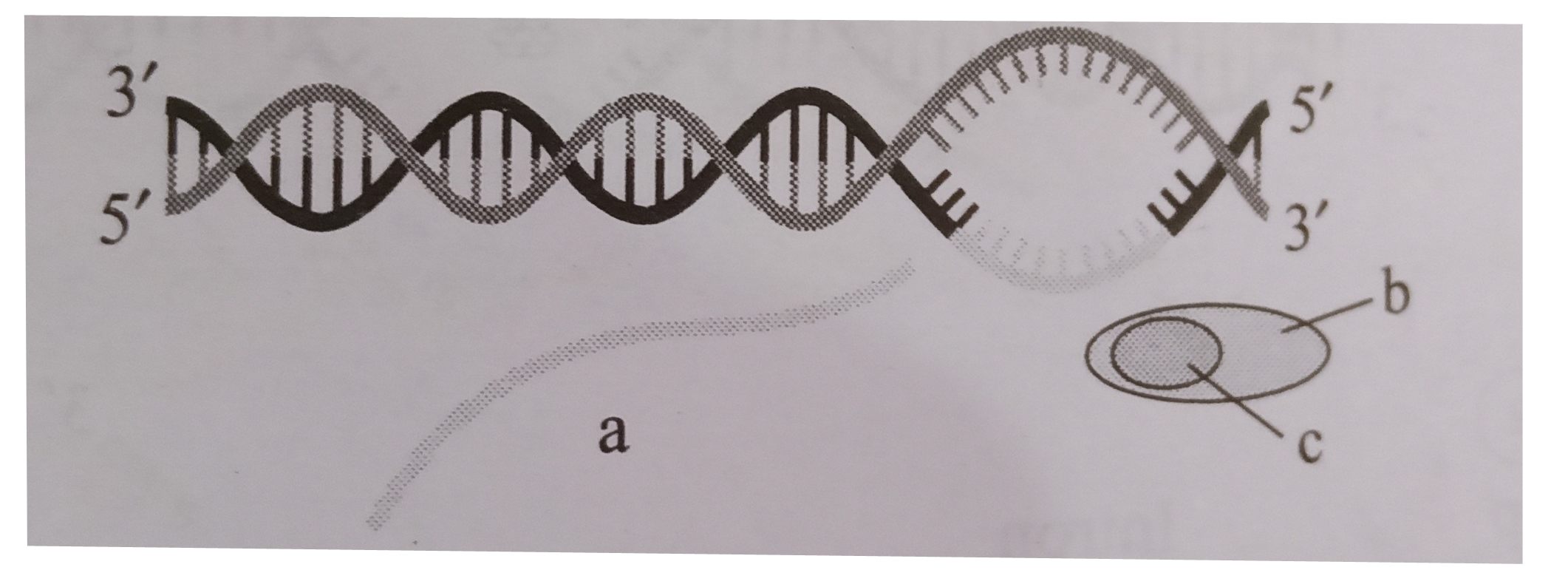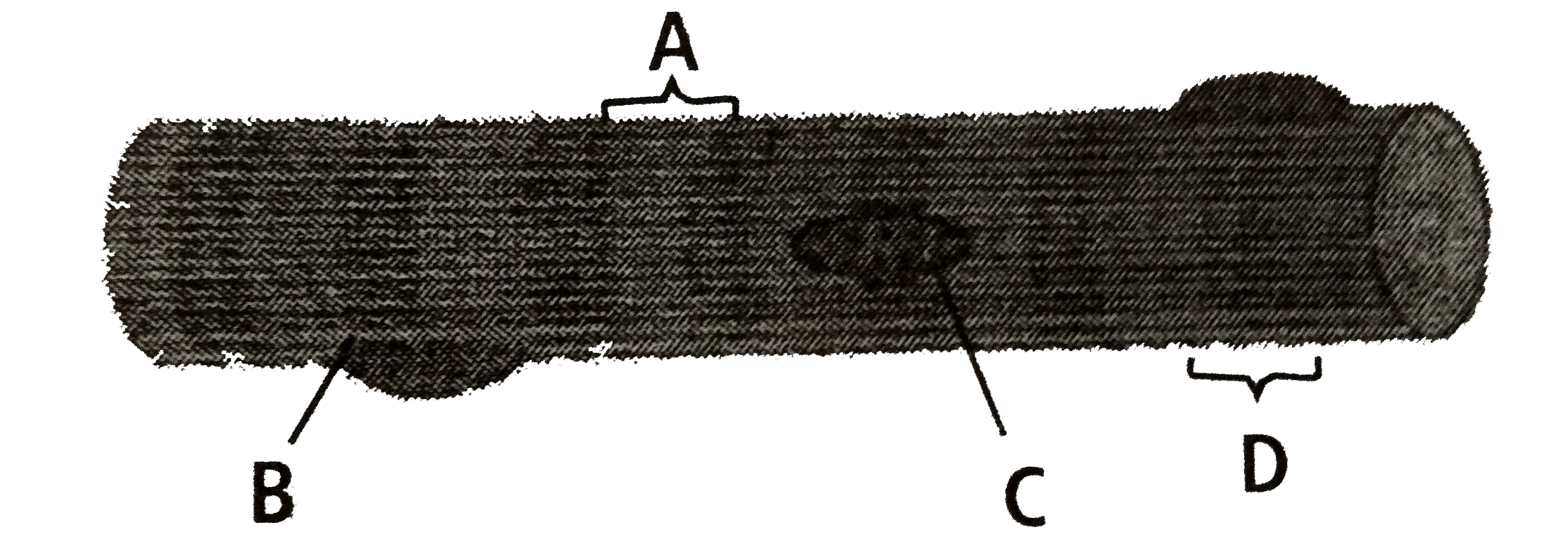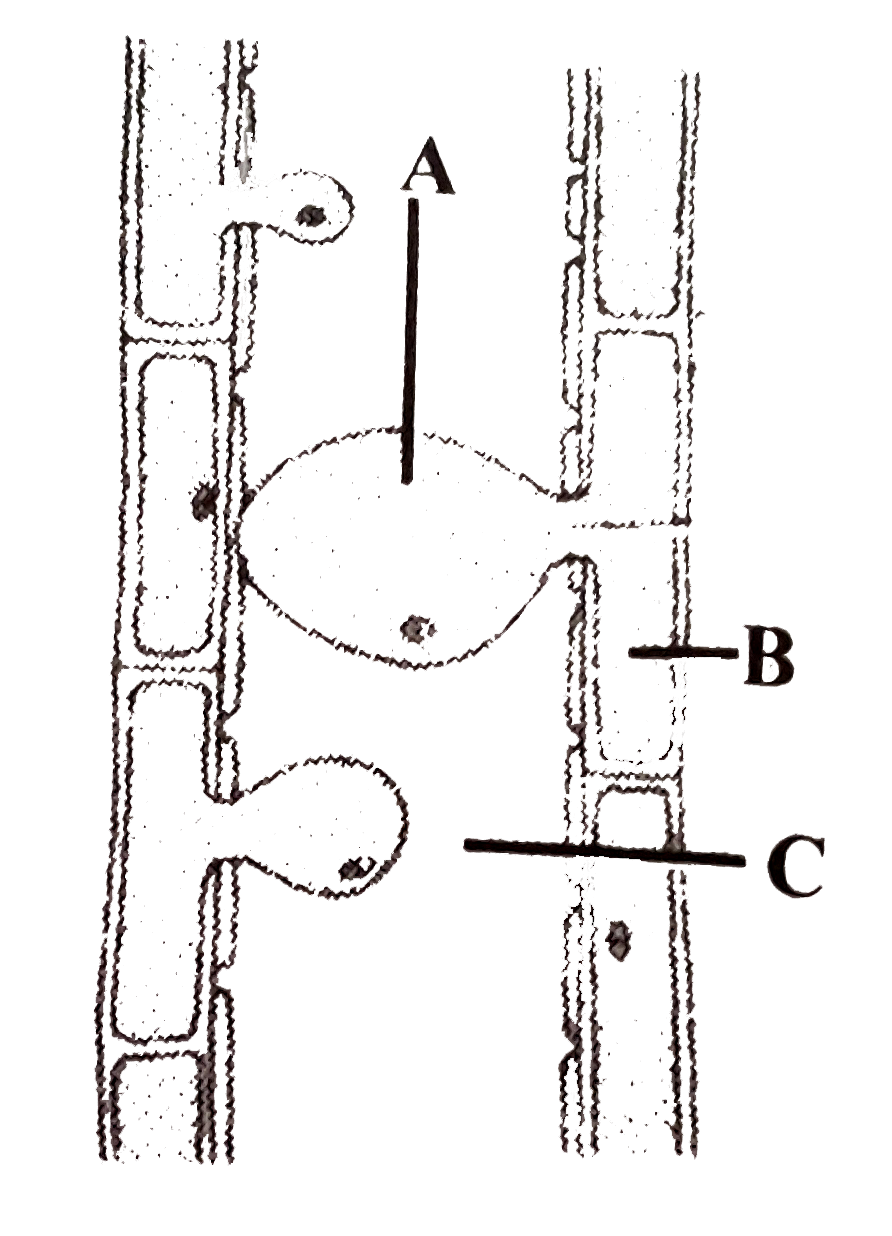The given figure represents vexillary aestivation. Select the suitable labels for P,Q and R

(P)(Q)(R)StandardWingAla
(P)(Q)(R)StandardkeelWing
(P)(Q)(R)WingkeelCarina
(P)(Q)(R)StandardAlaCarina
The correct Answer is:D
In verxillary/descending imbricate aestivation, the posterior petal (standard) overlaps the two lateral petals (wings or alae) and the latter overlap the two anterior petals (keel or carina). It is also called papilionaceous corcolla and is found in members of Family papilionanceae.
Topper's Solved these Questions
Similar Questions
Knowledge Check
- Question 1 - Select One
In vexillary aestivation, keel represents
AThe largest posterior petalBTwo smaller lateral petalsCTwo smallest anterior petalsDThe largest anterior petal - Question 2 - Select One
Given figure represents C4 pathway. Select the suitable options for A,B and C.
 AABCDecarboxylationReductionRegenerationBABCFixationTransaminationRegenerationCABCCarboxylationDecarboxylationReductionDABCFixationDecarboxylationRegeneration
AABCDecarboxylationReductionRegenerationBABCFixationTransaminationRegenerationCABCCarboxylationDecarboxylationReductionDABCFixationDecarboxylationRegeneration - Question 3 - Select One
The given figure represents a type of aestivation.

The type of aestivation shown in the given figure is known asAValvateBTwistedCImbricateDVexillery
The given figure represents the process of transcription in bacteria

Select the option which correctly labels a, b and cView SolutionThe given pie diagram represents different components of the soil. Identify P,Q and R and select the correct option
 View Solution
View SolutionThe given figure represents the histology of of a striated muscle. Identify the parts labelled as A, B, C and D, and select the correct option.
 View Solution
View Solution
Identify the given figure and select the correct labels for A,B and CView SolutionThe given figure represents destructive distillation of coal. Destructive distillation is the strong heating of a substance in the absence of air.

Pis processed in industries to get some useful products such as 'Q', 'R' and 'S. 'S' is obtained during the processing of P' to get 'Q, 'R' is a mixture of about 200 substances. Identify 'P', 'R' and 'S.View Solution


